Will we still need driving licences in the coming decades or will we only be mobile autonomously? This question is on many people's minds. Also those who currently offer carsharing or other mobility services - because autonomous vehicles could shake up the market considerably. We have brought ourselves up to date and mapped out three possible scenarios for the impact of autonomous driving on carsharing.
More on this at the MOQO Summit 2025
As Director Business Development at MOIA, Rainer Becker is actively working on making autonomous driving a reality in Germany. At the MOQO Summit on May 6, he will give a keynote speech on his experiences over the last 15 years in the mobility industry.
What does autonomous driving mean?
Ultimately, autonomous driving is characterised by the fact that humans only determine the starting point and destination, but the vehicle is able to steer and navigate the journey in between itself.
This applies to levels 4 and 5 of autonomous driving. Before that, there are further levels at which the vehicle becomes increasingly autonomous:
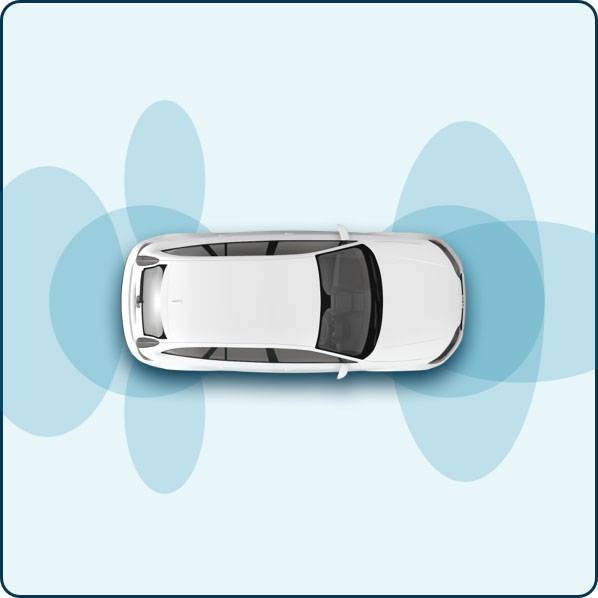
Level 1: Assisted driving
Assistance programs have been included in almost all new cars for many years, e.g. cruise control, automatic distance control or lane departure warning.

Level 2: Partially automated driving
Many vehicle models already have this feature as well: the vehicle can briefly take over control in certain situations, such as when parking or for lane guidance. However, the driver is liable for any damage and must not turn their attention away from the traffic.
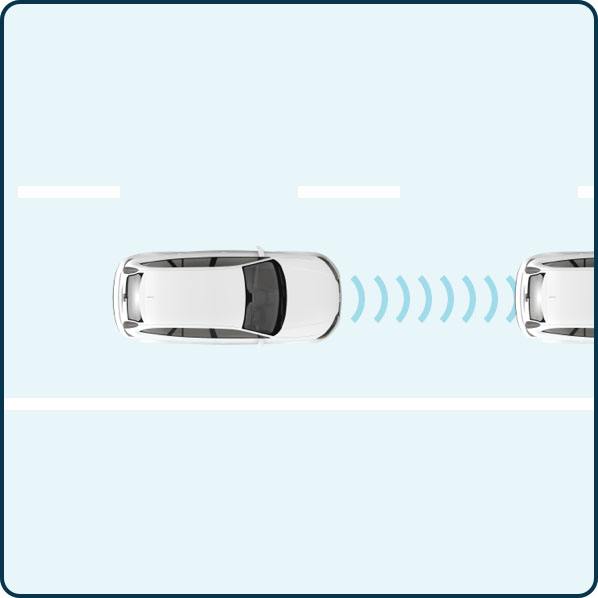
Level 3: Highly automated driving
In highly automated driving, the vehicle temporarily takes over individual driving tasks under certain conditions, adapted to the traffic situation - for example, braking, overtaking or accelerating on the highway. The driver may briefly turn away from the traffic, but must be able to take over the wheel again at short notice if the vehicle sends a signal.
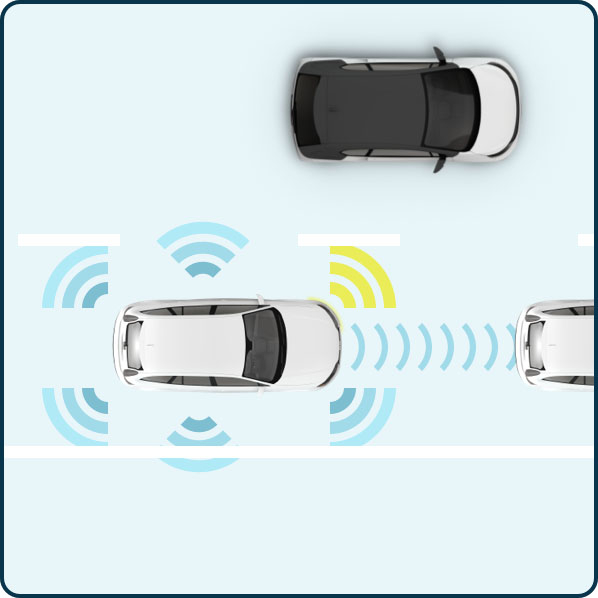
Level 4: Fully automated driving
When we talk about autonomous driving, we usually mean everything from this level upwards. Here, the vehicle takes control of all tasks independently. A safety driver is still provided to intervene in case of doubt. Passengers are not liable in the event of accidents, traffic violations or damage.
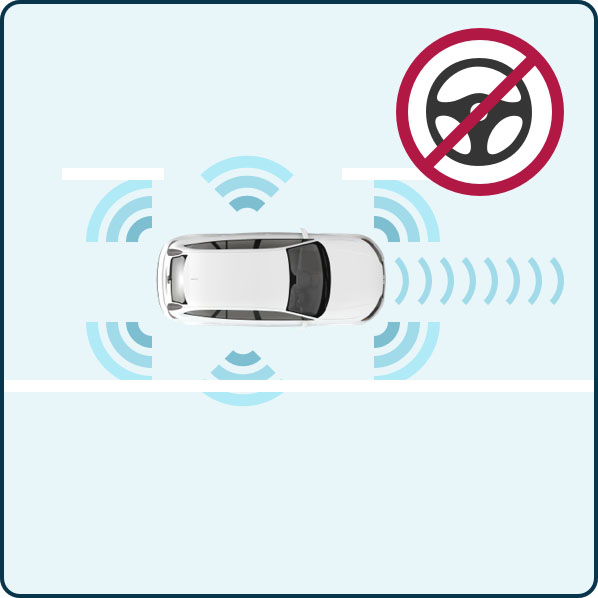
Level 5: Autonomous driving
From this level onwards, a driver is no longer planned or even necessary, as the typical driver's seat with steering wheel and pedals can be dispensed with from level 5. It is even possible to drive without any passengers at all. The vehicle is now capable of mastering any situation, no matter how complex, such as traffic circles, crosswalks or complex intersections.
Teleoperated driving
Driving by remote control, known as teleoperated driving, does not replace a driver, but merely transfers them to a location outside the vehicle. The vehicle is controlled remotely via a radio connection, but does not drive autonomously.
What people hope to gain from autonomous driving
So the trend towards automation does not stop at driving. Not only because modern technology is increasingly making it possible or because people want to sit back and relax, but also because it can have many advantages.
Expected benefits of autonomous driving:
Improved mobility for older people, younger people or people with reduced abilities - those who are unable to drive a car themselves
Time in the vehicle can be used efficiently and flexibly, for example to relax, read, work or make phone calls, just like on train journeys
Smoother traffic in the cities
Better connections to rural areas as soon as autonomous transport services can be used more widely and at lower cost - after all, the lack of staff will then no longer be a blocker for the expansion of local public transport
More road safety and fewer accidents - according to the ADAC, human error is the cause of 90% of all accidents
How real is autonomous driving today?
In Germany, a law was passed in May 2021 that basically allows fully autonomous vehicles (level 4 and above) to participate in road traffic - even if details are still being fine-tuned. For example, the law currently still requires a limited operating range. Nevertheless, apart from a few exceptions for testing purposes, we still do not see any self-driving cars on the roads four years later.
Pilot project starting in Hamburg in 2025
This will change in Hamburg in mid-2025, where the ALIKE project is launching a phased test operation for autonomous ridepooling. Within a 37 km² test area in the center of the Hanseatic city, two vehicle types, the ID. Buzz AD and HOLON vehicles, are testing operation under real conditions. Initially, however, there will still be a safety driver on board who can intervene and take over the wheel at any time if necessary.
The “EDGAR” research vehicle from the Technical University of Munich has already been able to gain practical experience in Munich. EDGAR is a converted VW Multivan that can be operated at comparatively low cost thanks to open source software. During the Oktoberfest 2024, it shuttled between the Festwiese and the main railway station to demonstrate autonomous operation. It only had to hand over to a teleoperator a few times as a precautionary measure, who then controlled the vehicle remotely. This was due, for example, to pedestrians suddenly emerging from between cars parked at the side of the road.
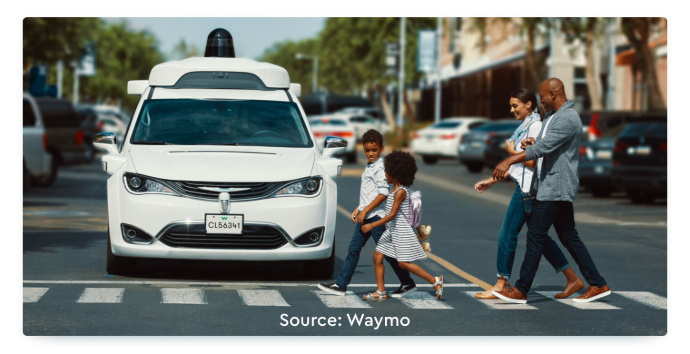
The USA and China are one step ahead
On the roads of China and the USA, things are already more autonomous than in Germany and Europe. There, it is the software giants Google and Baidu who are behind the most impressive autonomous mobility pilots to date.
Alphabet, the parent company of Google, offers autonomous ridehailing in several US cities through its subsidiary Waymo. Customers book a ride via an app, the vehicle arrives autonomously at their location and then also takes them autonomously to their desired destination. The service was launched in San Francisco in 2022 after a lengthy development and test phase. Since 2023, Waymo vehicles can also be used in Los Angeles and Phoenix, and other cities are in the starting blocks.
Baidu is the Chinese equivalent of Google. With its subsidiary Apollo, the company has put around 100 robotaxis on the streets of Beijing. This makes Beijing one of 30 Chinese cities in which autonomous driving is already being tested in practice. It is worth noting that autonomous ride-hailing services are offered at a significantly lower price in China than in the USA.
Possible effects of widespread autonomous driving
In 2019, Deloitte published the comprehensive study “Urban mobility and autonomous driving in 2035”. Based on data analysis and an online experiment with 2,000 participants, it examines the potential and possible effects of robotaxis and roboshuttles. It is foreseeable that as soon as autonomous cab and shuttle services increasingly shape mobility, urban planners, car manufacturers, public transport and other mobility service providers will have to adapt to the potential effects.
Distinction between robotaxis and roboshuttles
Robotaxis are the autonomous equivalent of conventional cabs. They take one person or a group of people directly to their destination. Roboshuttles, on the other hand, collect several people en route and take them to their desired drop-off points one after the other. Modern shuttle services such as MOIA in Hamburg always calculate the most sensible and effective route.
Deloitte's research comes to the conclusion that autonomous driving services will become one of the main means of transportation from 2035. After all, 32% of respondents were open to using robotaxis or shuttles if they offered good value for money (including being taken from door to door and having to wait a maximum of 10 minutes for a vehicle).
According to Deloitte, the price of these services is likely to fall below the cost of a private vehicle or public transport over the next 10 years: the price per kilometer for a robotaxi will be 34 cents, and for a roboshuttle just 15 cents. Such a price advantage would of course significantly increase the attractiveness of autonomous services.
According to the study, the market will shift economically: Annual revenue losses of around 760 million euros for the automotive industry will be offset by an estimated 16.7 billion euros in revenue per year for autonomous driving services. It is worth noting that the service life of autonomous vehicles is estimated at 3 years (as of 2019) - considerably less than that of non-autonomous vehicles due to the almost uninterrupted driving performance.
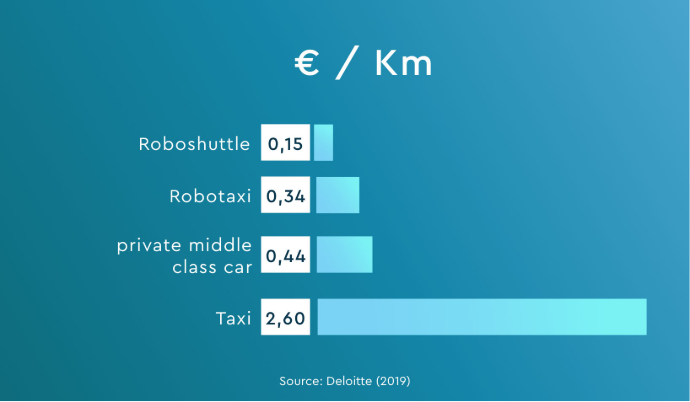
Regulations are needed to ease traffic congestion
As the need for private vehicles will be reduced by autonomous driving services, the number of vehicles in cities will decrease significantly, according to Deloitte. However, autonomous vehicles will be on the move almost continuously - according to the study, this cannot be expected to relieve the flow of traffic in urban areas. This is also due to the need for empty runs to get to the next customer, as well as the fact that autonomous vehicles can also be used by those who would otherwise have been on the road elsewhere, for example due to a lack of driving license.
Deloitte assumes an average of 30% more vehicles on city streets, with flow speeds decreasing and travel times increasing by 10%. The study therefore argues in favor of municipal regulations in order to continue striving for urban traffic relief.
How will autonomous driving affect carsharing?
One question that remains unanswered: How will autonomous driving change the carsharing market? 3 possible scenarios are currently conceivable.
Scenario 1: Autonomous driving services and carsharing exist in parallel
Robotaxis / shuttles and traditional carsharing continue to exist as alternative mobility options in this scenario and function independently of each other. It is conceivable that a different service is used depending on the use case, for example carsharing for longer distances and an autonomous driving service for short, inner-city routes. Alternatively, autonomous services could dominate metropolitan areas, while carsharing covers rural areas. There may also be individual preferences - those who prefer to continue driving themselves and those who are curious about autonomous vehicles.
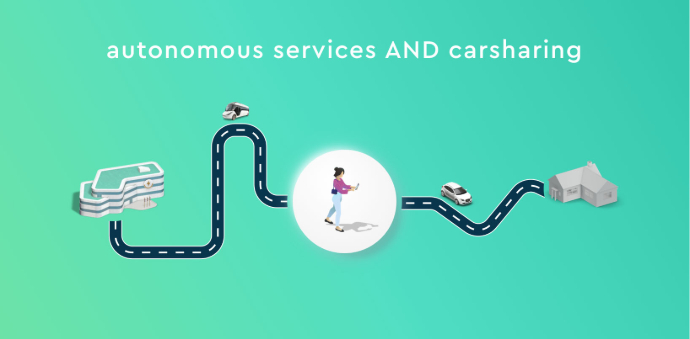
Scenario 2: Carsharing merges with autonomous driving services
Another possible scenario is that carsharing as we know it today will no longer exist, but will be replaced by autonomous driving services. A scenario that is supported by mobility expert Rainer Becker, currently Director Business Development at MOIA.
What would speak in favor of this: Both robotaxis and shuttles as well as carsharing are aimed at people who have to, can or want to do without a private car. If autonomous driving services are offered at a lower price and also make the journey time flexible, these could be decisive arguments that persuade people to switch from carsharing to autonomous ridehailing.
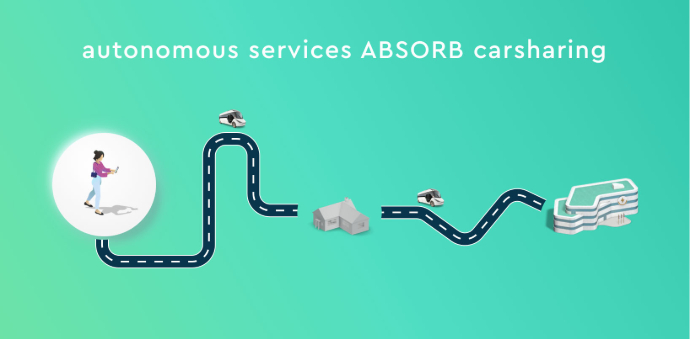
Scenario 3: Hybrid models that combine autonomous driving and carsharing
Another conceivable option is for the two services to work together. This could take the form of the carsharing vehicle being able to drive itself to the customer's starting point. There, the customer then takes the wheel for their journey to their destination before the vehicle drives itself to a parking space or to the next booking.
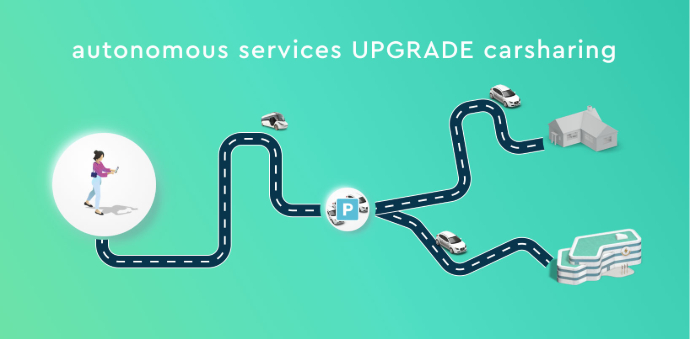

More on the topic at the MOQO Summit 2025
It is still difficult for us to predict which of these scenarios - if any of them - will occur in the future. As a carsharing operator, it is certainly advisable to regularly gain an overview of developments. This way, you will not be taken by surprise, but will have time to prepare for the associated risks and opportunities.
Create your own vision for the mobility of the future and how your offer should fit into it. If you still need input on this: Come to the MOQO Summit 2025! There, Rainer Becker from MOIA will give us first-hand insights into the world of autonomous driving and report on his experiences over the last 15 years.
About Rainer Becker
Keynote speaker at MOQO Summit 2025
Rainer is a strong advocate of the benefits of autonomous driving. He is currently leading business development for the on-demand ride pooling platform MOIA to accelerate the introduction of autonomous mobility services in Europe.
He has more than 20 years of experience in the international automotive industry, 15 of which he spent implementing and managing mobility services such as carsharing, ride hailing and micromobility in Europe, China and the USA.




